Simply put, Memorial Day is a holiday in the United States where we remember and honor members of the military who died in service to the country. It is a day that recognizes hundreds of thousands of people who’ve sacrificed their lives over centuries of warfare in order to establish and protect the freedoms we enjoy as US citizens.
In the past few years, I’ve felt more connected to the intent of the holiday when I’ve sought out local fallen soldiers to remember. If this appeals to you, here are a couple ways to find the service men and women whose deaths have been commemorated in your area.
Visit war memorials
Typically, you’ll find these close to town buildings, in central squares, or inside local parks. They’re so ubiquitous that they tend to blend in with the urban landscape. You might be passing them all the time without realizing that they are there.
I take a near daily walk on campus, and I almost always try to stop by the most stunning viewpoint, the war memorial for the men from Amherst College who perished in the First and Second World Wars. The site is at the top of a hill and looks out over the college’s baseball field as well as the Holyoke range. A circular stone sitting at the center of the plaza bears the names of the 142 men who perished. Small stone columns, which act as fenceposts, and plain block benches surround the plaza. The fenceposts are severed obelisks, representing the lives cut short by the war, and the benches list the names of battle sites. Right now, there are rhododendrons in bloom around the plaza, and their arrival each spring is meant to evoke eternal life.
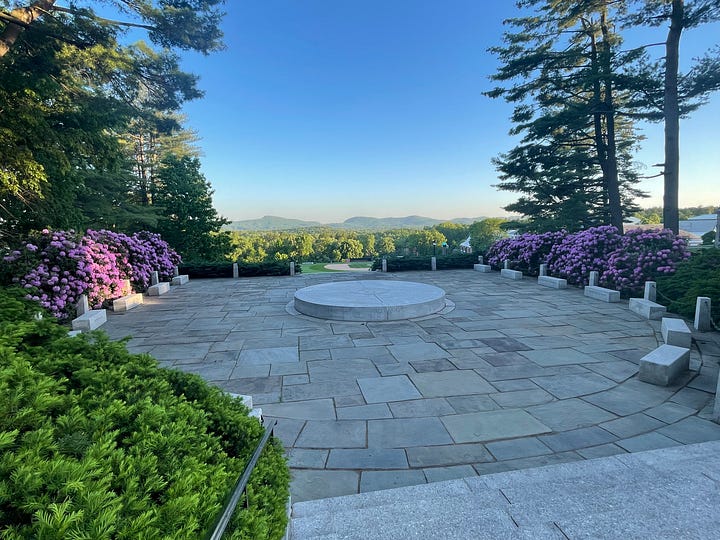
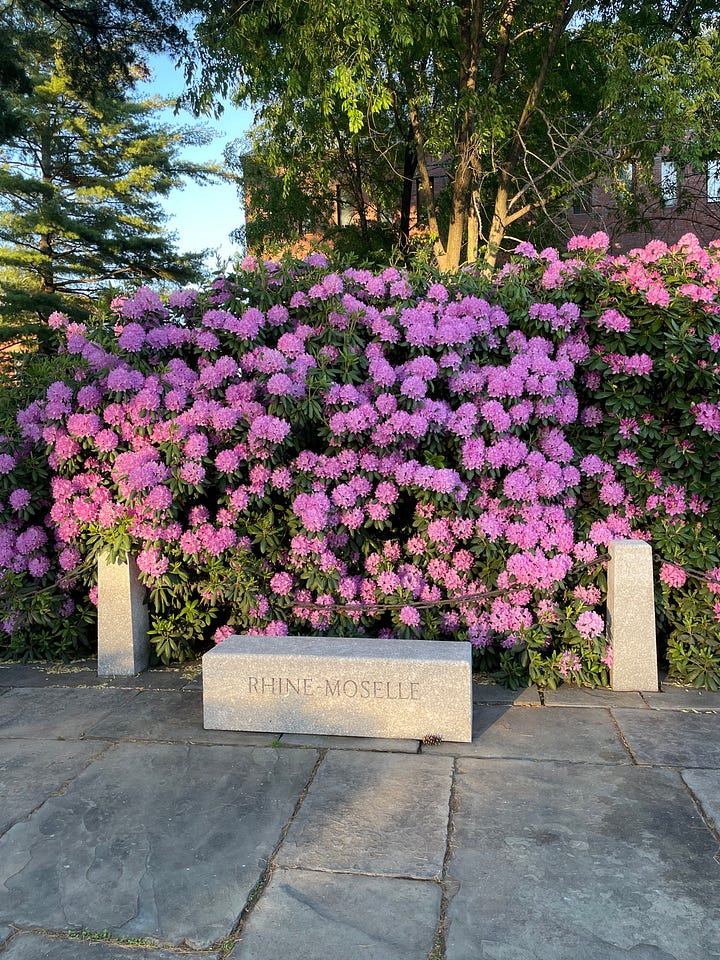

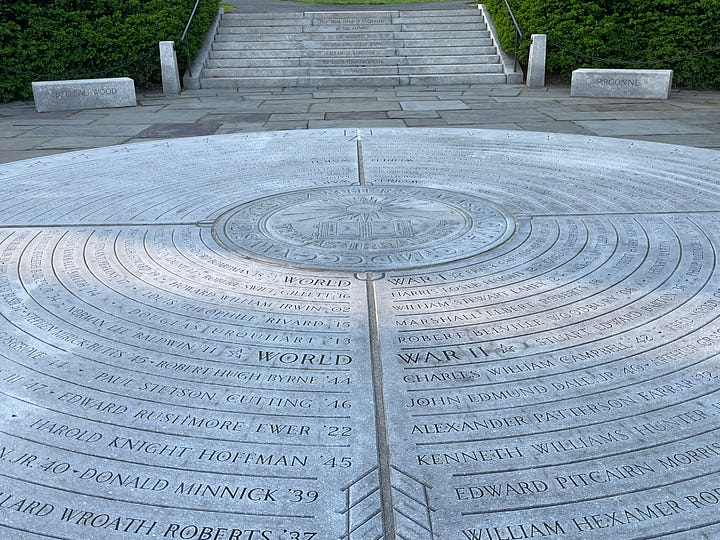
Memorial Day has its origins in a holiday known as Decoration Day, which was first observed shortly after the Civil War. This past year, in nearby Easthampton, Massachusetts, I came across a memorial that really appealed to me as a demographer. In addition to listing the names of the soldiers from the community who died during the Civil War, the memorial also includes information about where they died, what division they served in, and whether they died in battle, as a prisoner of war, or of disease. This memorial refers to the conflict as The Great Rebellion rather than the Civil War, which is a title I’ve seen quite a few times now on Northern war memorials.
Visit Local Cemeteries
Another way to learn about local fallen soldiers is to visit a cemetery. You’ll want to keep your eye out for small US flags next to gravesites. The larger the cemetery, the more challenging I imagine this could be.
When I lived in Atlanta, I took my near daily walk at East View Cemetery, a small burial ground about one city block by two city blocks. Over my years of walking there, I discovered quite a few markers for service men who were killed in action during World War II, including a pair of brothers.
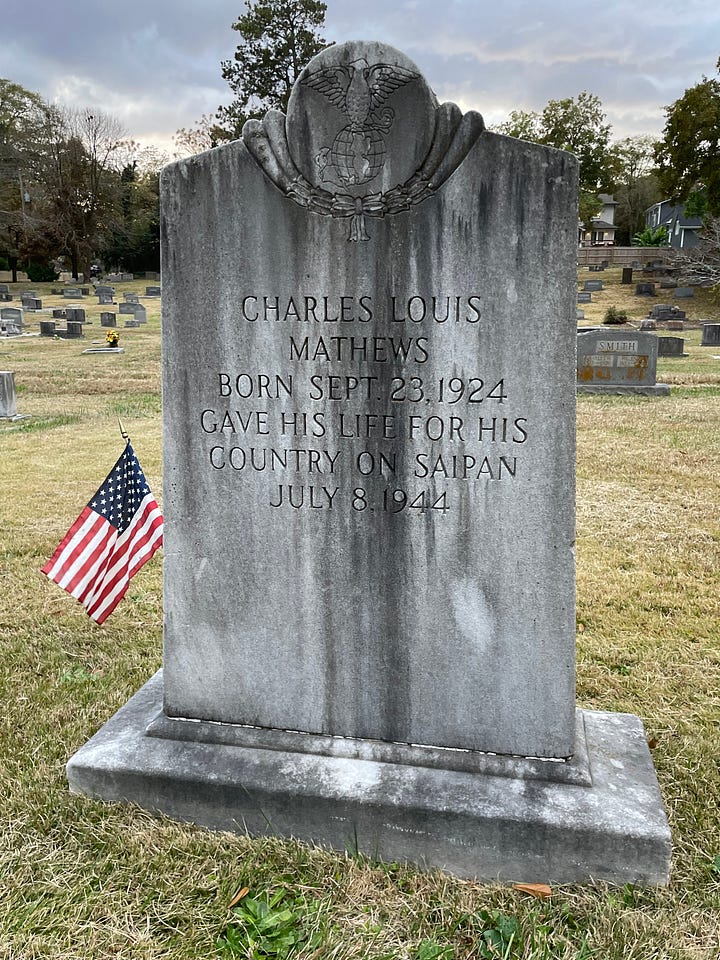
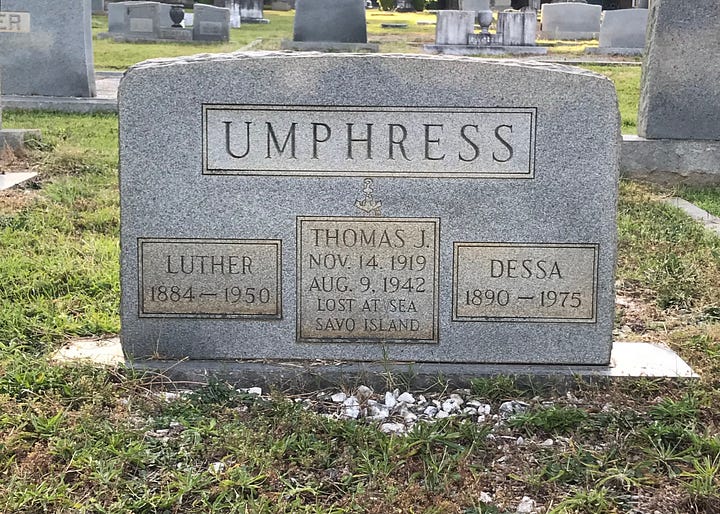
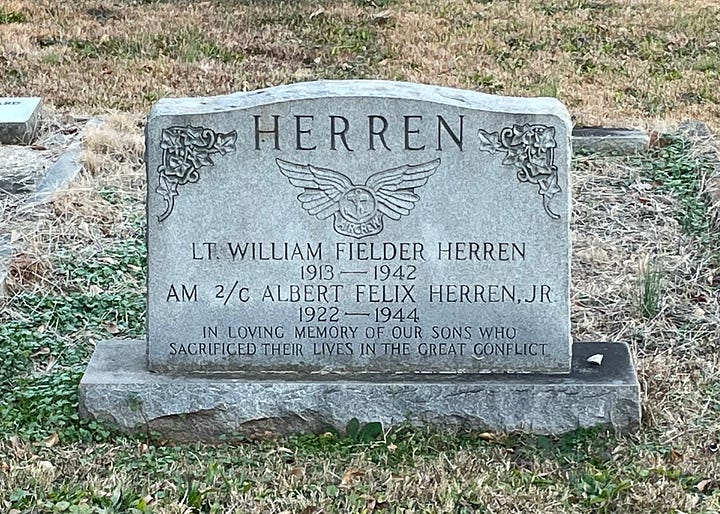
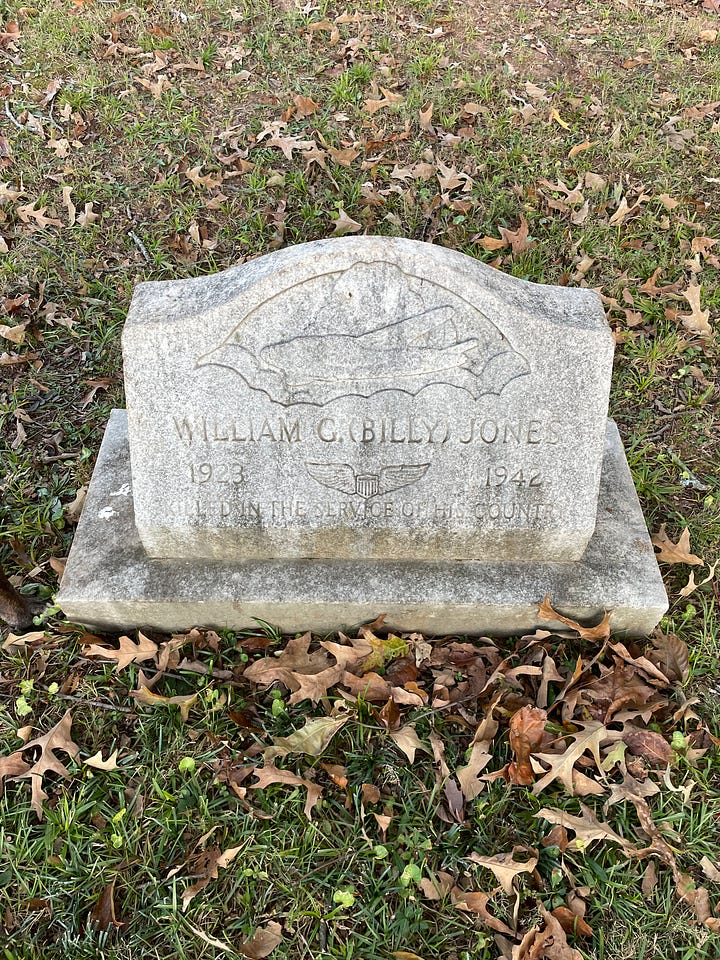
At East View Cemetery, I also happened upon a marker for Sgt. Dorothy Reynolds, whose October 1, 1951 obituary in The Atlanta Journal indicated that she was a member of the Women’s Air Force and that she died in a military hospital in San Antonio Texas. The epitaph on her gravestone states that she “died while serving her country.”
If you visit a war memorial or fallen soldier’s grave this holiday weekend, I hope you’ll let me know about it.
I urge you to take time to consider not only the service member’s sacrifice but also that of their family and friends as well as the efforts of those who sought to memorialize them. We have these memorials today because earlier generations wanted us to remember what happened to their community members and loved ones in times of war.


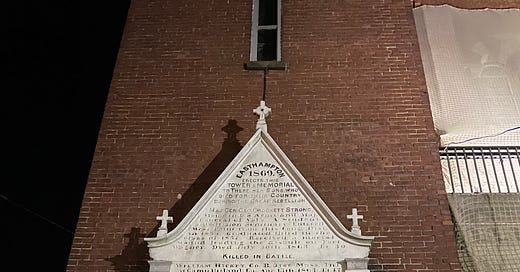



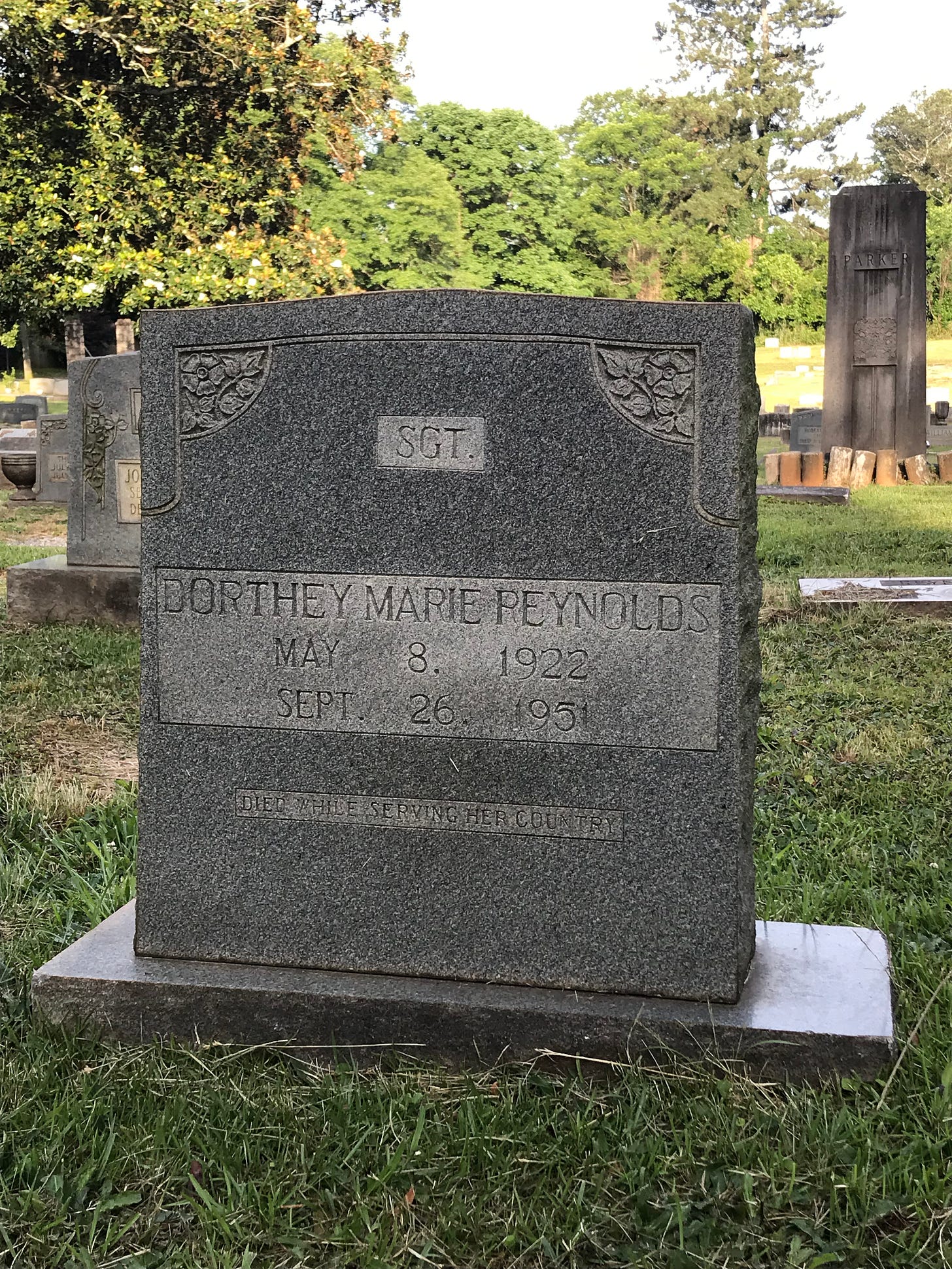
Wow this is touching. I really like the picture of the memorial to Ww1 and ww2 soldiers.